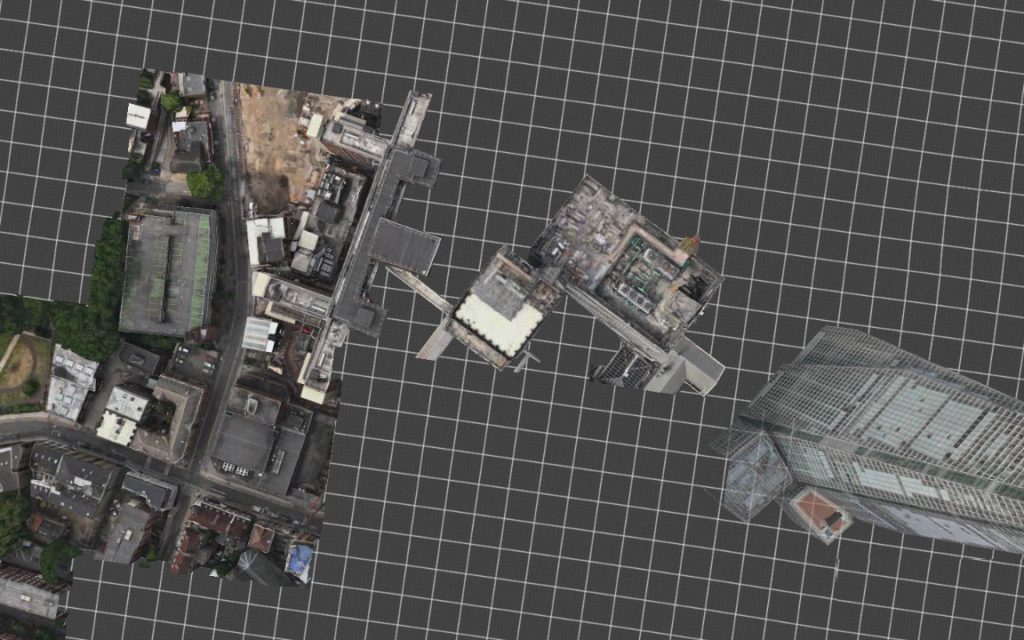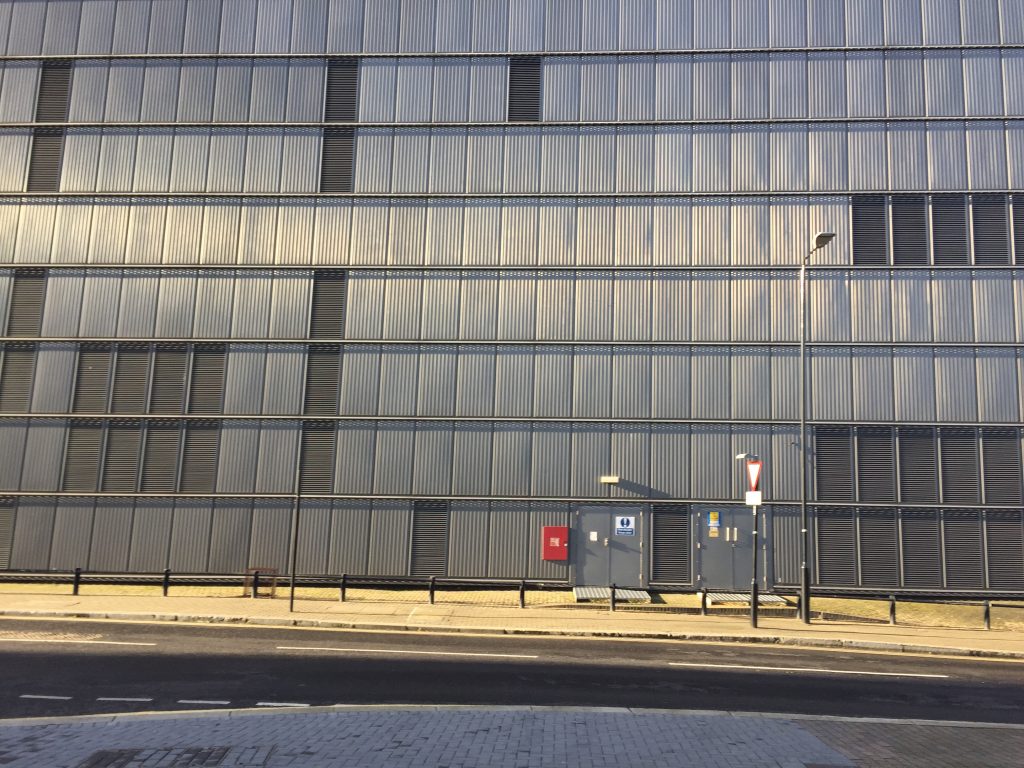
The repetition of burpees provides London Fields with a constant rhythm of pulsing bodies. Each movement part of a larger pattern. Subliminally, a police van creeps past a mature horse chestnut tree. A flare of sunlight, reflected from an opening door on the balcony of the tower block overlooking the park, seared a torso on to my retina. An intense cyan afterimage outlines a sinuous muscular physique, suspended impossibly by a single taught calf muscle, one foot pointing down his inner thigh, toes resting just above the knee. Naked except for a pair of dusty earth coloured shorts. Hands together above his head with fingers pointing to the sky, arms bent centring his head within a perfect geometry. Long hair tied in a top knot with strands falling forward.
The police van gently passes a pentagon of mats carefully arranged on the grass. Five white women move between warrior poses in exact choreography. An officer lazily scans the park from the back seats of the van, a wire dangling from his ear. The Women shift pose, revealing perfectly toned bodies under various shades of lycra. The leader is a serene older woman with piercing blue eyes wearing a red scarf tied around her head to keep her greying golden hair in place.
Two blonde children are receiving private tennis coaching on the council owned court. A black face peers out of the white paper hood of his disposable overalls, his hands covered by gloves, one holding a bucket of Henna Red paint and in the other a brush. He is painting out graffiti that appeared on the back of the tennis court changing rooms less than an hour before. His supervisor stands behind him wearing a green sweater with Park Ranger inscribed on the back in ochre yellow. I’m distracted by the rapid flicking of hands in the distance. A woman in a brown and orange floral floor-length maxi dress is lunging forward, thrusting her arms out and flicking her wrists. She straightens up then repeats. Her seven-year-old daughter sits on a yoga mat next to her, squirming with boredom, hair neglected and unkempt.
The police van blocks them from my vision. Its high sides slowly crawl past. Its occupants arrogantly stare. It comes to a halt in front of an older Jamaican man sitting on one of the park benches. His dreadlocks, greying at the roots, are wrapped inside his hat. He is one of the elders. Before the virus, he would come to sit on this bench every Saturday to watch the cricket. The side door slides open and five officers climb out. They circle the man, a notebook is opened and a fine given. He is asked to leave.
There is a loud crack of a tree branch. A personal trainer, with swarthy white skin and a small moustache, wearing a fluorescent orange hat, is attaching a set of wooden Gymnastic Rings to one of the horse chestnut branches. His latest client has just arrived. The Police van retreats across the park.









